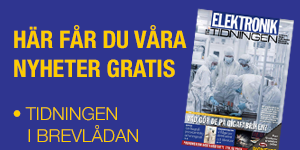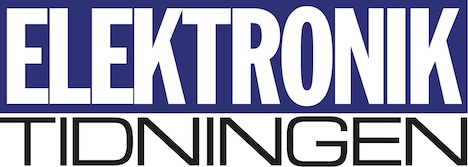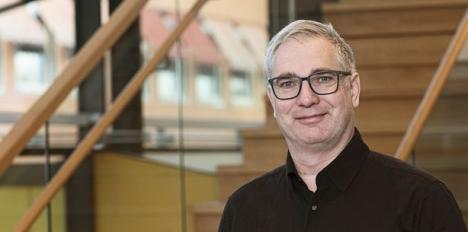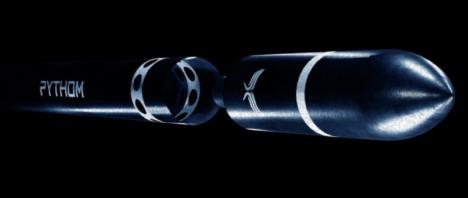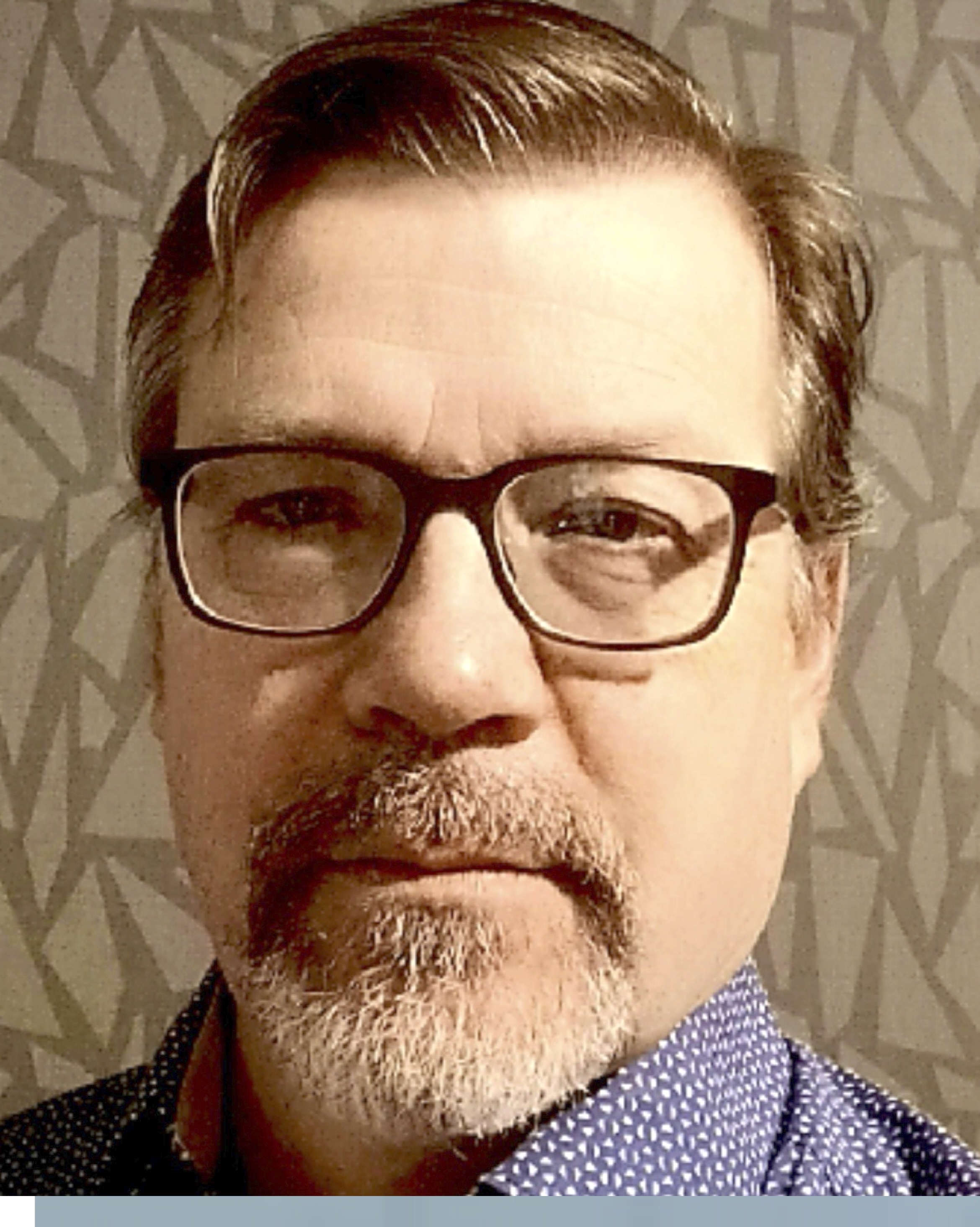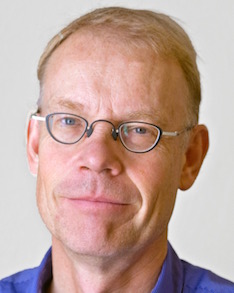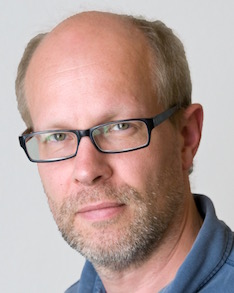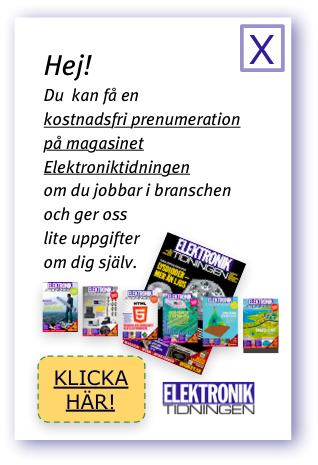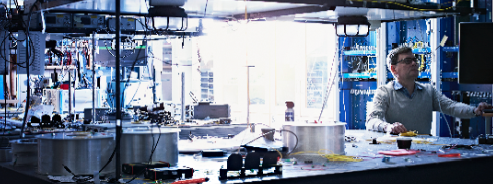
A noise-free optical amplifier is the focus of a research team at Chalmers. The team was recently able to demonstrate that their solution can extend the reach of a fibre system for long-distance communication by a factor of 5.5 compared to when a traditional amplifier is used. The next step is to test how well the technology works in wireless optical links. Sights are set on the moon, and then Mars.
– This is probably the single largest project of the Photonics Laboratory at Chalmers, says Professor Peter Andrekson, who is leading the research.
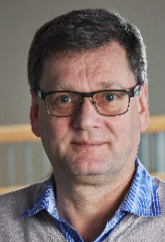 |
| Peter Andrekson |
Unlike conventional erbium-doped fibre amplifiers, which have special material properties that prevent them from amplifying any wavelength other than 1.5 µm, this concept is scalable.
– We use a waveguide structure. In our case, we use an optical fibre with special properties at telecom wavelengths. But, it is possible to design structures, implement our concept and achieve the same amplification properties at very different wavelengths, explains Peter Andrekson.
Thus far, Chalmers researchers have applied their work in optical fibre systems for communication.
New results, which have not yet been published, are very promising. In one experiment, the team has shown that it is possible to increase the distance a signal can travel in an optical fibre 5.5-fold simply by replacing today’s erbium-doped fibre amplifier with the new type of amplifier.
– As far as we know, this is the only known optical amplifier that can have a noise factor much lower than the quantum limit that exists for conventional optical amplifiers.
Conventional optical amplifiers, like erbium-doped amplifiers, have at best a noise factor of 3 dB. This means that the signal-noise ratio always deteriorates when a signal is amplified.
– Our amplifier has a quantum limit of 0 dB.
The solution is based on phase-sensitive amplifier (PSA).
Unlike traditional amplifiers which have two waves in (a pump that produces the laser effect, and a signal), this amplifier is fed with three waves: a pump, a signal carrying information, and an idler that also carries information of the same type as the first information wave. It is the phase displacement between the three waves that determines the amplification.
– The challenge is to adjust the relative phase displacement between the three waves. If done right, you can achieve power amplification with very little additional noise. If the phase displacement is wrong, you get reduction.
In addition to having amazing noise properties, the amplifier has a built-in mechanism that counteracts the problems that otherwise arise in an optical fibre due to its non-linear properties.
In wireless communication systems, it is possible to increase the power to obtain a better signal at the same noise level. This is not possible in fibre optic systems. If more power is sent in, a number of strong, non-linear phenomena occur, such as spectral broadening where the fibre glass material has a refractive index that is dependent on the intensity.
– In practice, you have to work at a power where you can find a balance between non-linear problems and signal-noise problems. In our amplifier, however, we can largely counteract the non-linear phenomena that occur. It thus has dual benefits.
The next step for the researchers is to investigate new applications. The plan is to begin testing the Free Space links in the lab, which relates to wireless optical communication based on free space, similar to today’s microwave links.
– We purchased equipment for simulating long distances. If the tests go well, we are planning to do some kind of field test as early as this year, where we make a transmission over x number of kilometres here in Gothenburg.
Inter-satellite communication is one example of a potential future application.
– We have sketched out a solution of how to communicate to the moon, and maybe even to Mars eventually.
What makes the Chalmers solution suited for this is that light has significantly lower diffraction-related losses than microwaves, for example.
| Financing: The European Research Council (ERC) is providing EUR 2.5 million in research funding as part of a 5-year project which ends in February. The Wallenberg Foundations are investing SEK 15 million. Added to this is a council chair from the Swedish Research Council that began last year, which means that Peter Andrekson has been granted SEK 50 million to continue this research through 2026. |
If you send a 10-cm wide beam to the moon using today's systems, then it will be about 2 km wide when it gets there. If the aperture of the receiver is 10 cm, then quite a lot of power is lost – around 80 dB.
– It suits us quite well. We factored this into things and have ensured that our system is able to transmit to the moon with a high data rate. For Mars, we need to add 40 to 60 dB in diffractive losses, says Peter Andrekson. He then adds:
– We have been in contact with MIT, which has let us know that NASA has expressed interest in this.
Another advantage over microwave links is the high carrier frequency. Microwaves have a carry frequency of a few 10s of GHz or lower, while light’s is typically 200 THz.
– This makes the technology suitable for communicating a large amount of information in a short time – like a concert at the Ullevi stadium. Conventional microwave links can have trouble handling tens of thousands of mobile phones uploading information on Facebook simultaneously.
An alternative can then be to set up optical systems that temporarily handle the massive amounts of information.
Other situations that require transfer of massive amounts of data with low delay may also be future niche applications. Here Peter Andrekson gives direct links between skyscrapers in big cities like New York and Tokyo as an example.
– The advantage of skyscrapers is that you can send several Tbit/s between offices within visual distance of each other. This is completely impossible with a microwave system.
Over time, he believes that the concept may also play some role in traditional fibre optic communication.
– But, I don’t expect this to be commercially viable for several years.
PHOTO: Henrik Sandsjö

